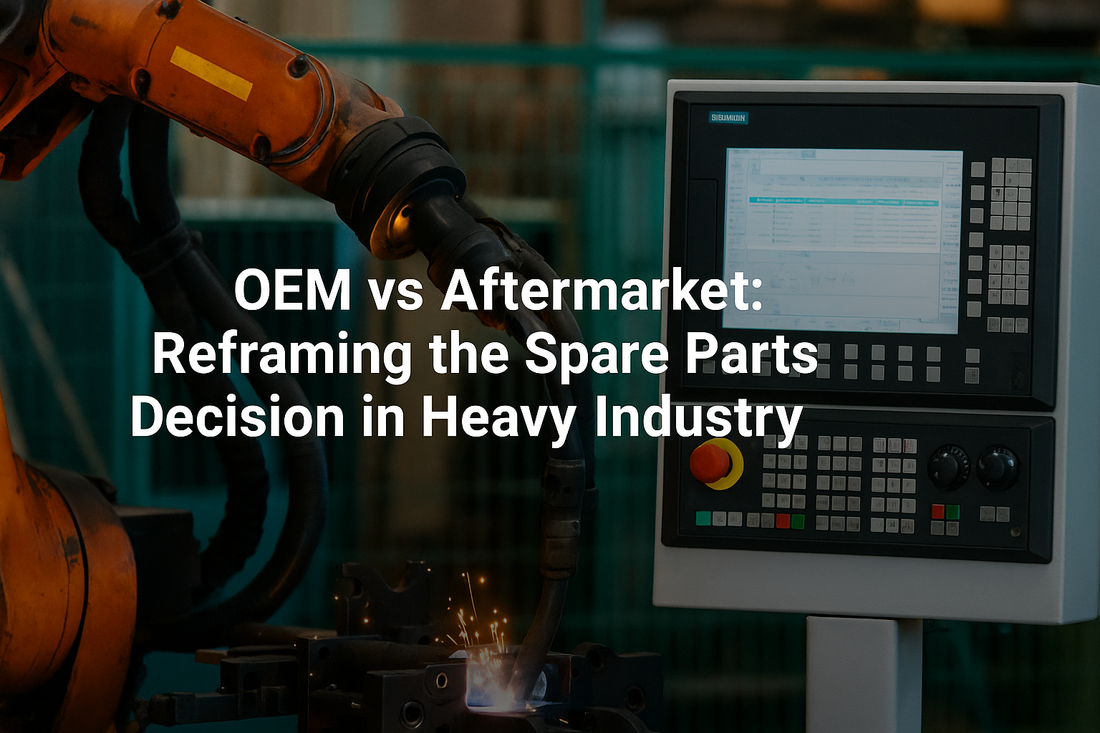Overview:
When a critical asset fails, the first question a procurement team faces is whether to source OEM or aftermarket replacement parts. This decision has strategic implications — not just for cost, but for uptime, warranty compliance, and long-term reliability.
The Case for OEM:
OEM parts guarantee compatibility, often include updated firmware/software versions, and are aligned with manufacturer warranties. For high-risk applications — like automation systems, electrical cabinets, or rotating equipment — OEM is the safe and often required choice.
The Case for Aftermarket:
When cost pressures are high and the component is non-critical, aftermarket parts can be a practical solution. But quality inconsistencies, longer evaluation cycles, and questionable delivery timelines can introduce risk, especially in regulated industries.
What We Recommend at Remiex:
We guide clients through a risk-based approach. By assessing component criticality, equipment lifespan, and supply risk, we can recommend OEM or aftermarket based on data — not guesswork. For example, in the oil & gas sector, we sourced aftermarket terminal blocks for a non-safety-critical junction box, saving 42% on cost and 8 days on delivery — without compromising integrity.
Key Insight:
It’s not OEM vs. aftermarket — it’s about aligning the part strategy with operational risk and timelines. A reliable sourcing partner can be the difference between informed trade-offs and costly mistakes.

